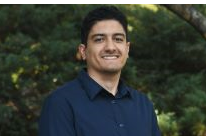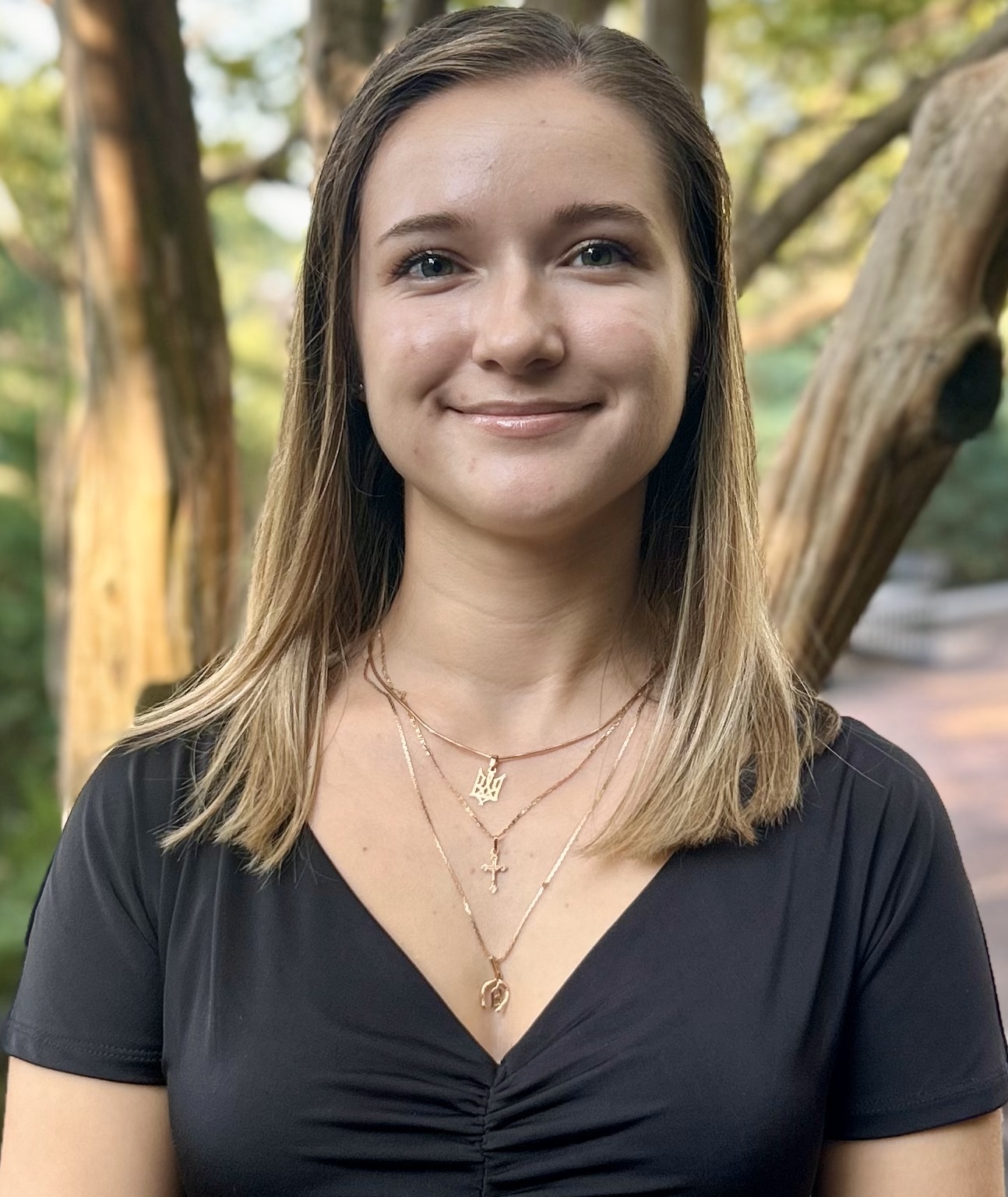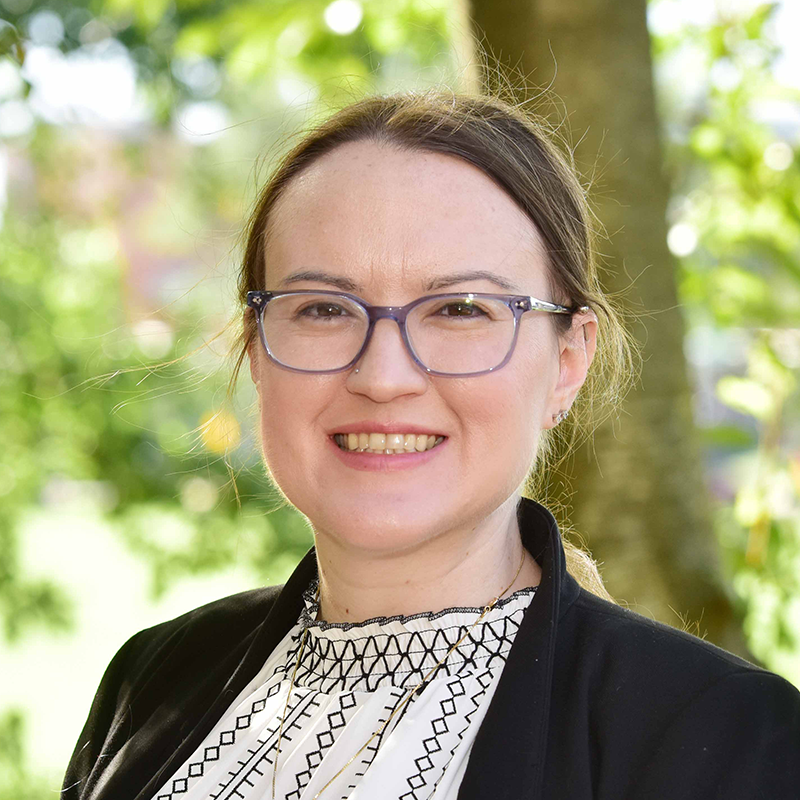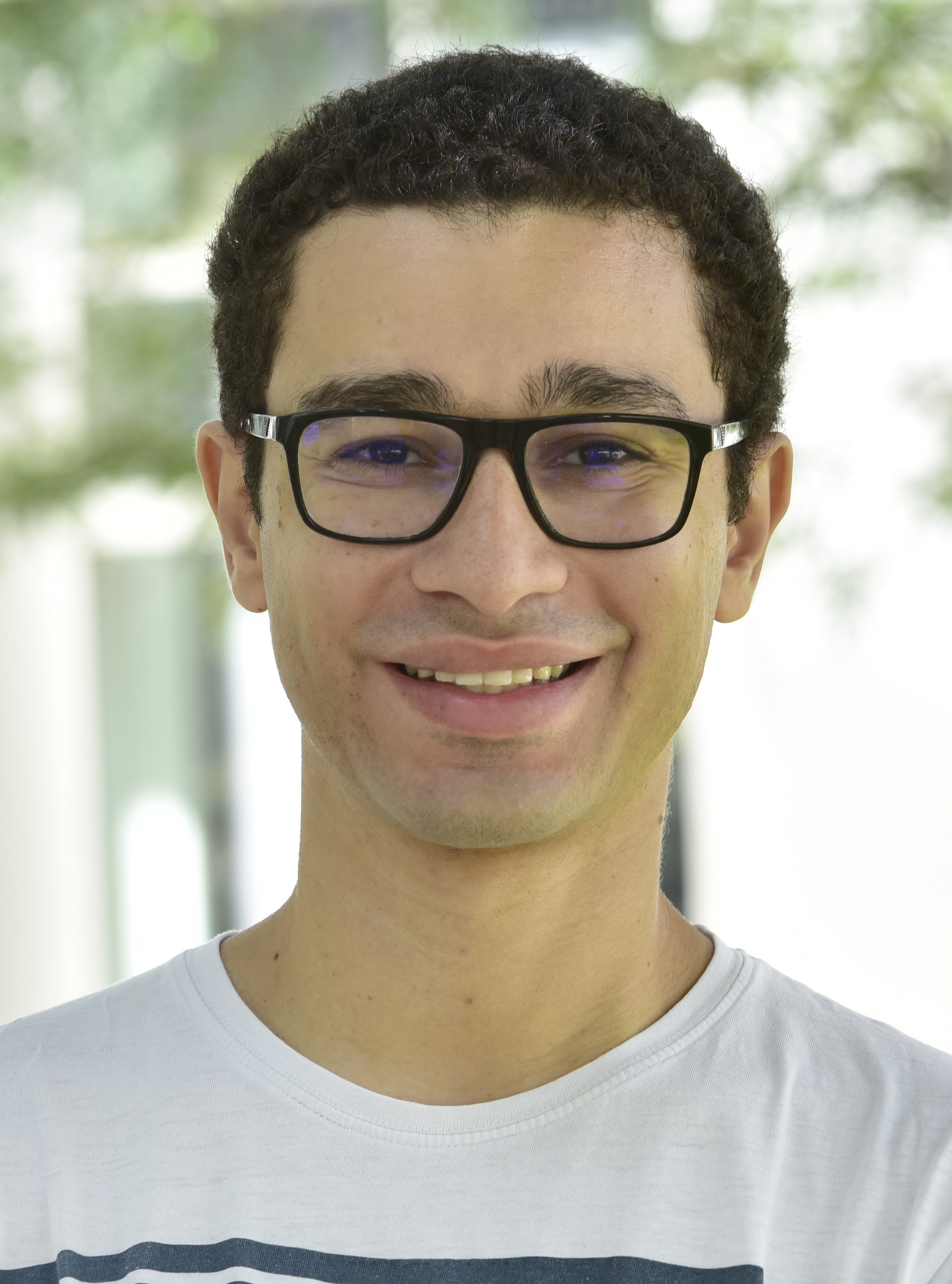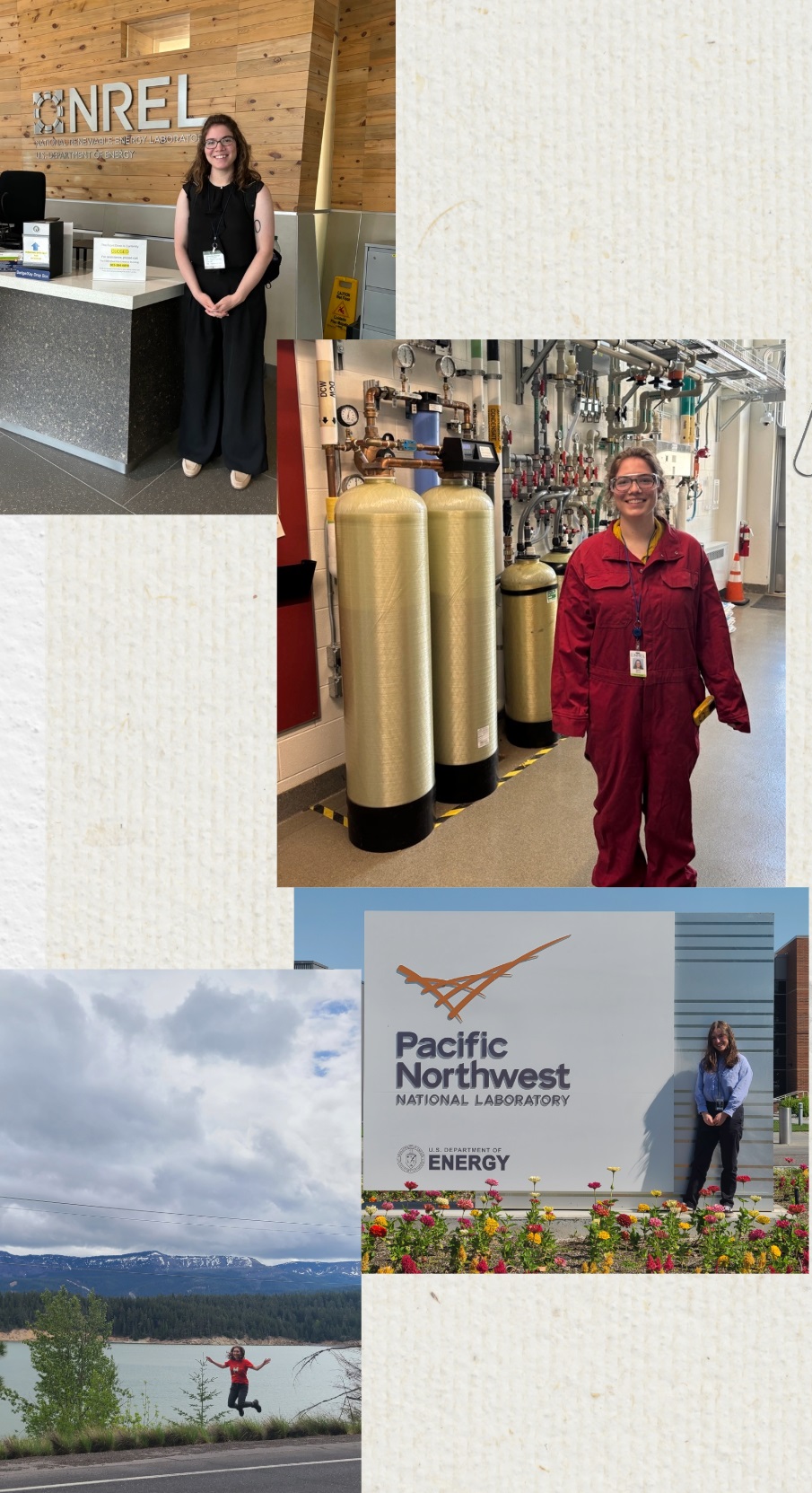News Story
Expanding the Causal Logic Foundations of Human Reliability Analysis
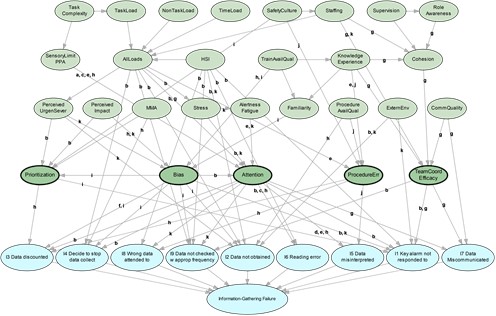
"Bayesian network model of an operator's failure in information-gathering tasks, with failure modes shown in blue and influencing factors shown in green."
Camille is a third year PhD student in the Reliability Engineering program. Camille’s interest in human reliability analysis (HRA) began during her undergraduate study when she became a research assistant in Dr. Monifa Vaughn-Cooke’s lab, where she studied human interactions with medical devices. She became more interested in the topic following her internship at the US Nuclear Regulatory Commission (NRC) and her work in the Office of Nuclear Regulatory Research assisting in development of the IDHEAS-ECA HRA method.
Camille's research is motivated by the need to enhance the understanding and modeling of human failure events (HFEs) in nuclear power plants, particularly in the context of external flooding hazards. The focus on external flooding is driven by the under-researched nature of this area in HRA, coupled with the increasing frequency and severity of coastal climate changes and tropical storms. The Fukushima accident in 2011 underscored the critical importance of addressing HFEs in such scenarios to prevent future incidents.
The primary objective in Camille's research is to identify and quantify the major causal pathways leading to HFEs in nuclear power plant operations. There are many ways that an operator may fail to detect crucial information, and similarly many organizational, personal, and task-related factors that may increase the likelihood of these failures. Her research tasks involve:
Identifying Causal Chains: Utilizing event trees and fault trees to map out potential failure points in task analyses of external flood hazard mitigation actions.
Developing Bayesian Networks: Creating literature-substantiated Bayesian networks to model the causal pathways from influencing factors, to mechanisms of failure, to observable failure modes in information-gathering, decision-making, and action execution tasks.
Quantifying Marginal & Conditional Probabilities: Leveraging human performance data, like the NRC's SACADA database or German nuclear power plant operating experience, to determine conditional probabilities for each node in the Bayesian networks.
Validating Models: Ensuring the developed HRA models are validated against operating experience narratives and benchmarked against existing methods’ quantification outputs.
Some challenges that she faced were in cleaning and mapping the available data to extract conditional failure probabilities. The extensive and complex nature of the data required the development of a Python script that built upon previous lab work. Other difficulties arose with the quality of available data, which was addressed through a thorough evaluation of each data source. This evaluation determined that each source had complementary capabilities and identified areas to be supplemented.
Camille’s research represents a significant advancement in HRA by addressing the causal complexity of human failure events in nuclear power plant operations. Her research approach, leveraging Bayesian networks and data analysis, aims to provide more accurate and traceable HRA models, ultimately contributing to the prevention of incidents similar to Fukushima.
Published June 6, 2024
